In recent years, a notable shift towards sustainable transportation solutions has emerged. As urban areas become increasingly crowded and pollution rises, individuals seek alternative modes of transport that are both eco-friendly and efficient. One standout solution gaining popularity is the eCargo bike—a powerful and versatile electric bike designed to handle heavy loads. This blog post will delve into the motor technology behind high-performance eCargo bikes and how it contributes to their success.
Powering Your Ride: Electric Motors in eCargo Bikes
Electric motors are the driving force behind eCargo bikes, providing the power necessary to manage added cargo weight and transport it smoothly and swiftly. Typically, these motors are integrated into the bike's frame or mounted on the wheel hub. The two primary types of motors used in eCargo bikes are hub motors and mid-drive motors, each with its unique advantages.
Hub Motors
Hub motors are the most common type found in eCargo bikes. Positioned in either the front or rear wheel hub, they provide direct power to the wheel. The significant advantages of hub motors include:
- Simplicity: Directly connected to the wheel, they eliminate the need for a complex drivetrain system, resulting in low maintenance and high reliability.
- Torque: They offer excellent torque, ideal for handling heavy loads and steep inclines.
- Regenerative Braking: This feature converts energy expended during braking into electrical energy, which can be stored in the battery for later use.
However, hub motors can add extra weight to the bike, potentially affecting handling and stability, particularly if located in the front wheel.
Mid-Drive Motors
Mid-drive motors are centrally located, usually around the bottom bracket. This positioning allows them to work in conjunction with the bike's gears, providing torque directly to the drivetrain. Advantages of mid-drive motors include:
- Optimised Efficiency: They leverage the bike's gears, allowing for improved pedalling efficiency and a more natural riding experience.
- Central Weight Distribution: This results in better stability and handling.
However, mid-drive motors tend to be more complex and may require increased maintenance, often resulting in higher costs compared to hub motors.
More reading:
What Are The Drawbacks Of A Mid Drive Motor?
Advanced Features of eCargo Bike Motors
High-performance eCargo bikes often utilise advanced motor technologies that enhance capabilities. One such feature is torque sensors, which measure the force applied to the pedals and provide feedback to the motor, ensuring seamless integration of electric and human power for a smooth ride.
Control Systems
Modern eCargo bikes employ sophisticated control systems offering various modes and settings tailored to different riding conditions and cargo loads. Features may include:
- Pedal-Assist Modes: Varying levels of motor assistance based on the rider's effort.
- Throttle Mode: Allows the rider to control the motor's power output directly.
- Smart Technology: Smartphone connectivity and battery management systems provide real-time information about battery life and performance.
Maybe you want to know:
How Do You Test An Electric Bike Motor?
Efficiency and Battery Technology
Efficiency is crucial for high-performance eCargo bikes. Manufacturers strive to optimise energy consumption, maximising range and minimising recharging needs. Regenerative braking enhances overall efficiency by converting kinetic energy into electrical energy for later use.
Advancements in battery technology have also significantly improved performance. Lithium-ion batteries are now standard due to their high energy density, long lifespan, and low self-discharge rates. They can be quickly recharged, allowing for shorter downtimes.
Integrated Design for Performance
The integration of motor technology with other components, such as the frame, drivetrain, and suspension, is vital for achieving high performance. Manufacturers design frames to accommodate motors and ensure optimal weight distribution, rigidity, and stability. The drivetrain is engineered for efficient power transfer and smooth gear shifting, while the suspension system absorbs vibrations, enhancing overall comfort.
The Benefits of eCargo Bikes
The combination of powerful motor technology and advanced design has revolutionised eCargo bikes, making them capable of carrying significant loads, from groceries to larger items like furniture. The electric motor assistance simplifies navigation through urban environments, enabling riders to tackle hills and cover long distances with ease.
Environmental Impact
The rise of eCargo bikes benefits not just individual riders but also the environment. By replacing conventional delivery vehicles and reducing reliance on cars for short trips, eCargo bikes contribute to lower emissions and improved air quality in cities. They alleviate traffic congestion and parking issues, promoting a more liveable urban environment.
Infrastructure Support for eCargo Bikes
Growing infrastructure for electric mobility is supporting the adoption of eCargo bikes. Cities are developing dedicated bike lanes, charging stations, and secure parking to facilitate their use. This investment encourages businesses to transition to more sustainable delivery solutions.
Conclusion
High-performance eCargo bikes have transformed urban transportation, providing a reliable, cost-effective, and environmentally friendly mode of transport. Advanced motor technology enables these bikes to handle heavy loads while remaining energy-efficient. As demand for sustainable solutions grows, we can expect continued advancements in motor technology, further enhancing the capabilities of eCargo bikes.
Visit our website to explore some of the best electric cargo bikes available on the market!

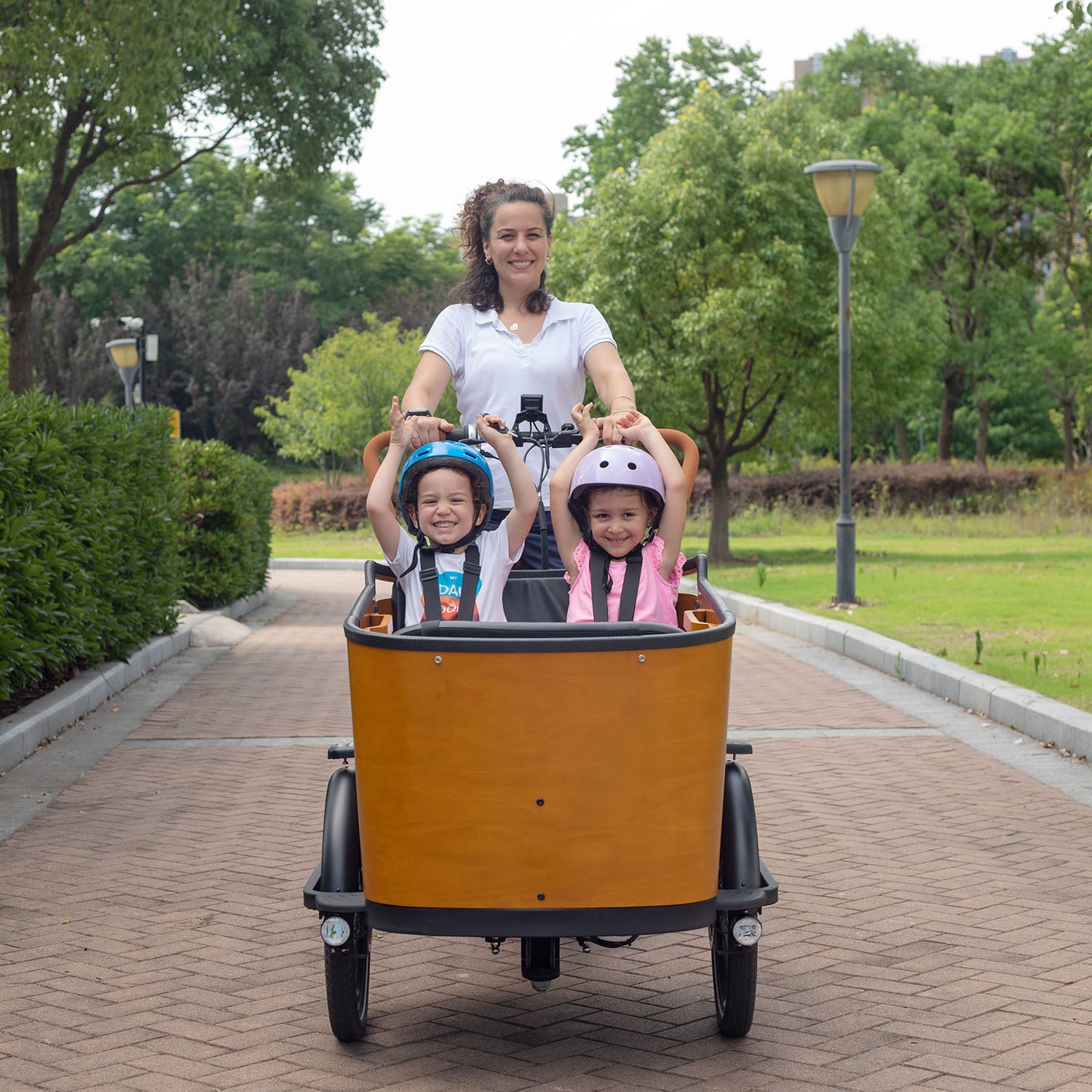
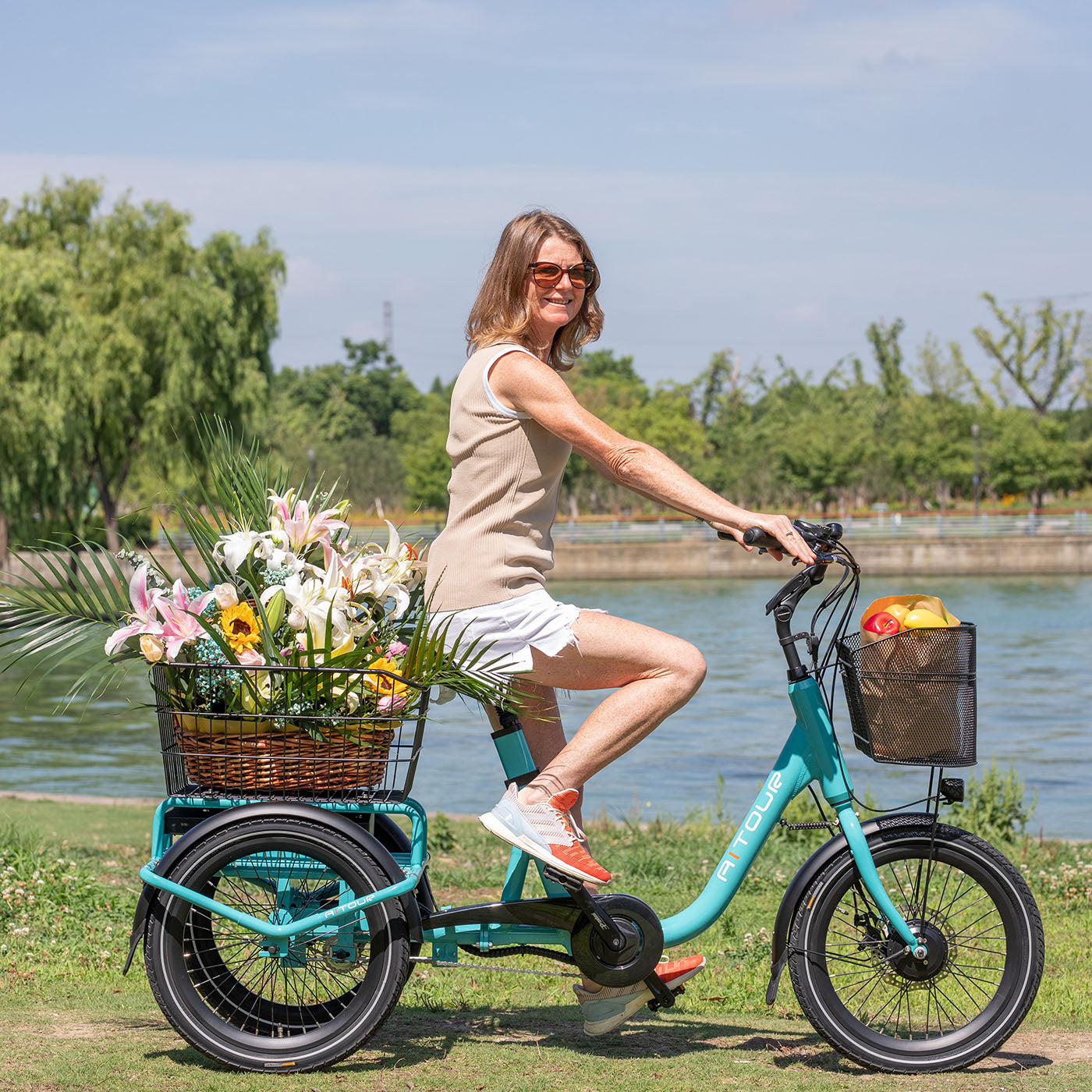
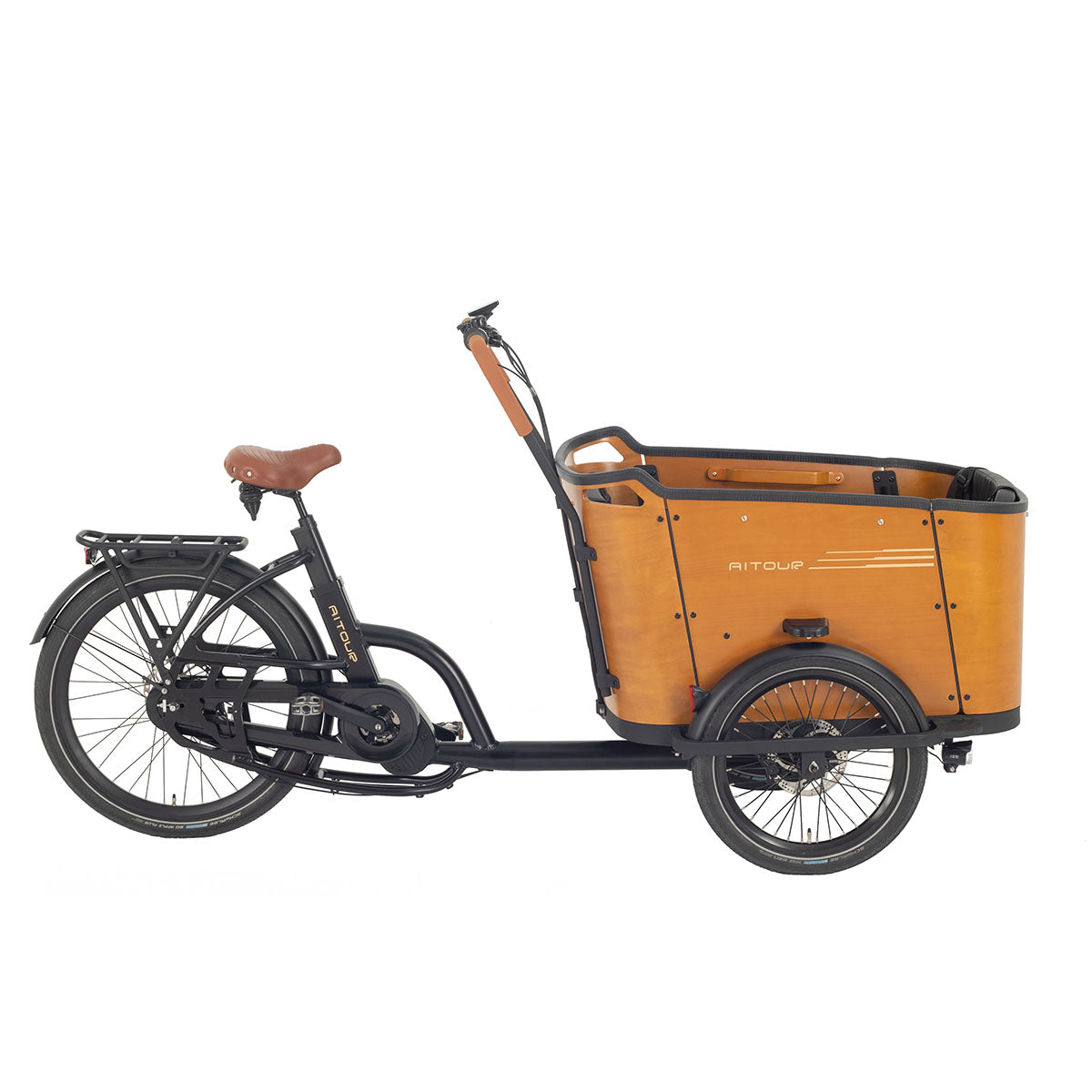
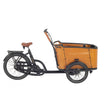
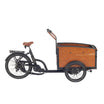
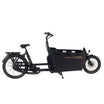
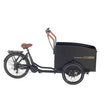
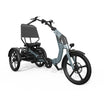
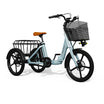
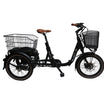
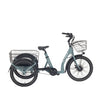
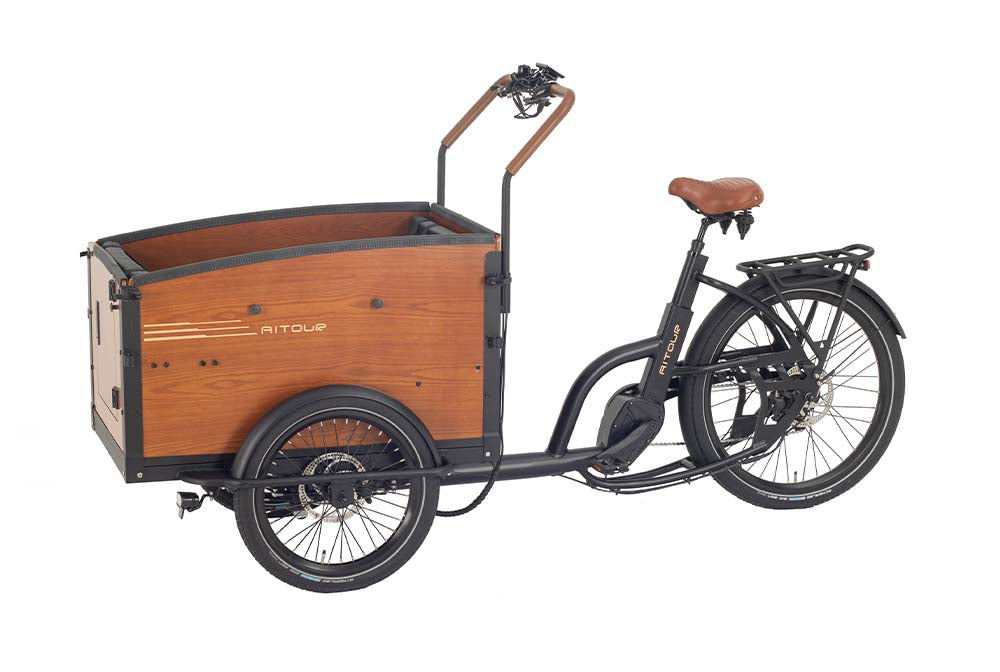


Leave a comment
All comments are moderated before being published.
This site is protected by hCaptcha and the hCaptcha Privacy Policy and Terms of Service apply.